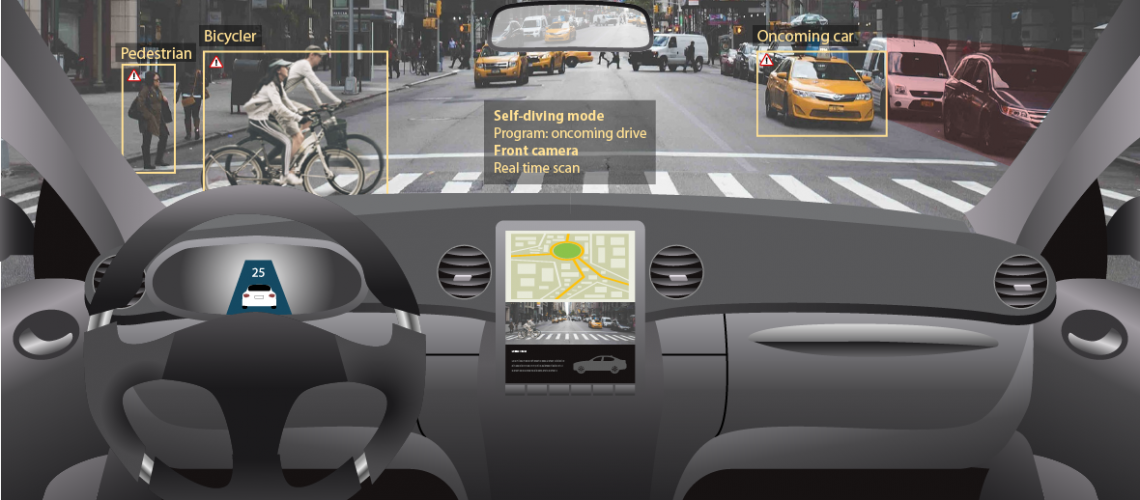Belgium, 22 March 2018 – It is not very common to link the use of cars with bicycles; however Manuel Marsilio, GM of the Confederation for the European Bicycle Industry (CONEBI), was invited for a keynote speech at the symposium on the ‘Future Networked Car’ on March 8.
“Intelligent transport systems and automated driving are fast moving towards commercialization and market acceptance,” explained Manuel Marsilio who represented CONEBI as well as WBIA (World Bicycle Industry Association) at the symposium. “High levels of automation, the penultimate step to fully automated driving, are expected on the road by 2020 and hold great promises to improve road safety, reduce congestion and emissions, and increase the accessibility.” In his keynote speech he presented the opinion of the bicycle industry with regard to the ongoing policy and regulatory work at both European and international level as well as to give an overview of the work that such a sector is developing worldwide in terms of connectivity.
Interaction between cars and bicycles
Connectivity
“To improve road safety, bicycles will have to communicate with the other vehicles as well as with the road infrastructure. This interaction will allow road users and traffic managers to coordinate their actions. Finally connectivity will significantly improve road safety and traffic efficiency by helping cyclists to take the right decisions and adapt to the traffic situations.
The bicycle industry already took some initiatives as Trek partnered with Tome and Ford to create an AI-based Bicycle-to-Vehicle communication system and Bosch has recently established a Division for Connected Mobility Services.”
Marsilio pointed out that: “Only three month ago CONEBI replied to a public consultation by the European Commission on ‘specifications for Cooperative Intelligent Transport Systems’ thanks to the support from industry experts coming of our national member associations. The 2016 EU Strategy on Cooperative Intelligent Transport Systems foresees the need to amend and supplement the ITS Directive 2010/40/EU for aspects where legal certainty is needed, through the preparation of a delegated regulation on C-ITS. It will focus on a list of services which are technologically mature, highly beneficial and ready for large scale deployment. Currently we are talking about the legal framework regarding, for example, safety on intersections, traffic signal priority and vehicle data.”
Published by Jan-Willem Van Schaik on 22 Mar 2018 on Bike Europe.
Also Bicle reported on this topic.

